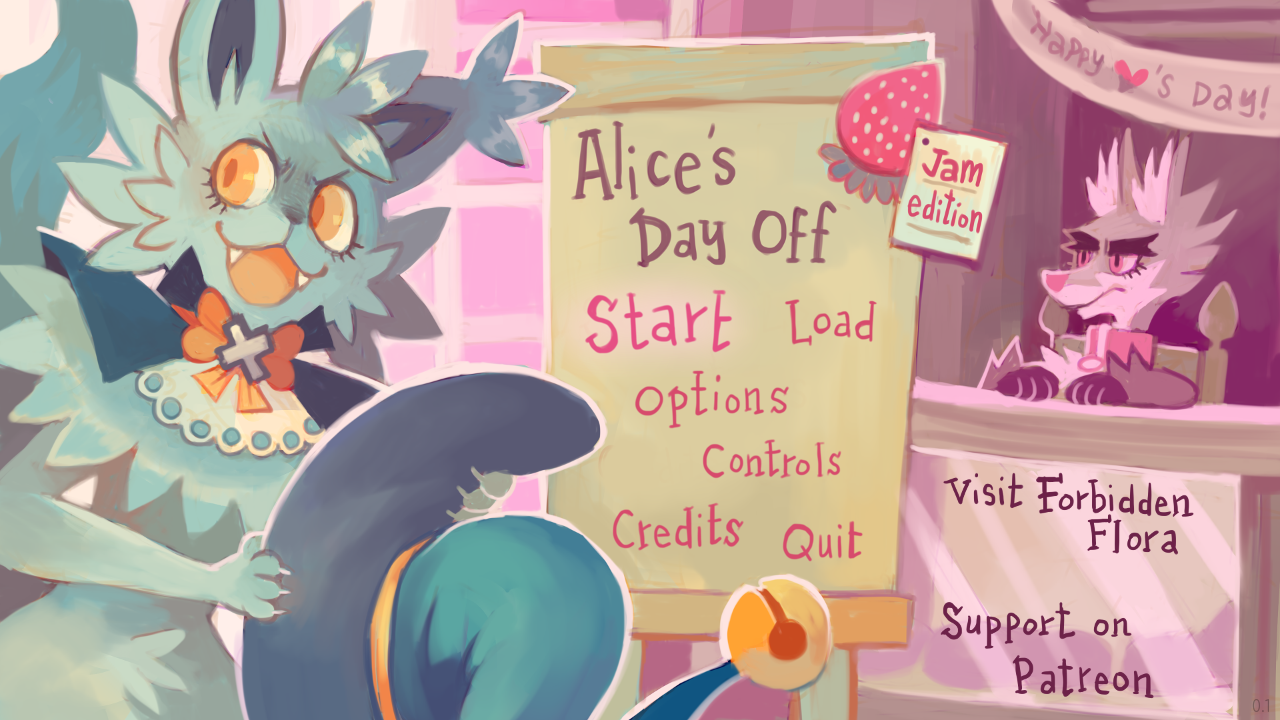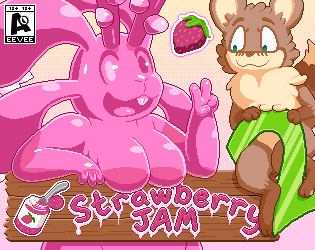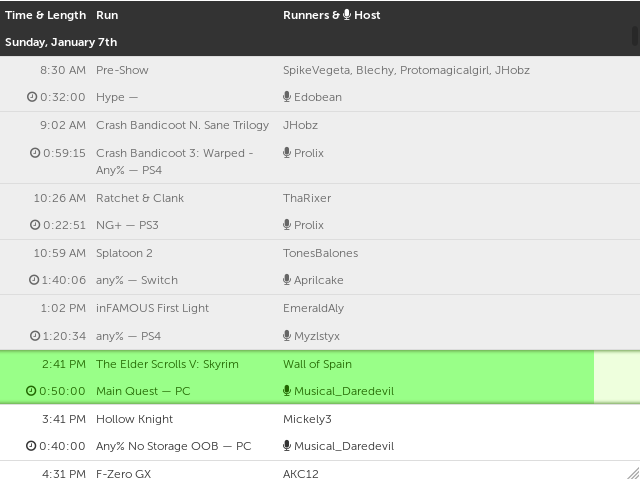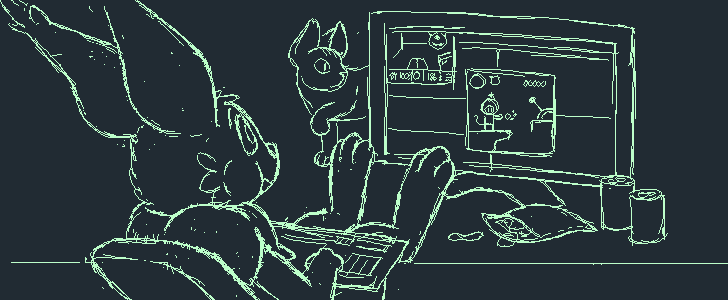I ran out of brain pills near the end of January due to some regulatory kerfuffle, and spent something like a week and a half basically in a daze. I have incredibly a lot of stuff to do right now, too, so not great timing… but, well, I guess no time would be especially good. Oh well. I got a forced vacation and played some Avernum.
Anyway, in the last three weeks, the longest span I’ve ever gone without writing one of these:
-
anise: I added a ✨ completely new menu feature ✨ that looks super cool and amazing and will vastly improve the game.
-
blog: I wrote SUPER game night 3, featuring a bunch of games from GAMES MADE QUICK??? 2.0! It’s only a third of them though, oh my god, there were just so many.
I also backfilled some release posts, including one for Strawberry Jam 2 — more on that momentarily.
-
???: Figured out a little roadmap and started on an ???.
-
idchoppers: Went down a whole rabbit hole trying to port some academic C++ to Rust, ultimately so I could intersect arbitrary shapes, all so I could try out this ridiculous idea to infer the progression through a Doom map. This was kind of painful, and is basically the only useful thing I did while unmedicated. I might write about it.
-
misc: I threw together a little PICO-8 prime sieve inspired by this video. It’s surprisingly satisfying.
(Hmm, does this deserve a release post? Where should its permanent home be? Argh.)
-
art: I started to draw my Avernum party but only finished one of them. I did finish a comic celebrating the return of my brain pills.
-
neon vn: I contributed some UI and bugfixing to a visual novel that’ll be released on Floraverse tomorrow.
-
alice vn: For Strawberry Jam 2, glip and I are making a ludicrously ambitious horny visual novel in Ren’Py. Turns out Ren’Py is impressively powerful, and I’ve been having a blast messing with it. But also our idea requires me to write about sixty zillion words by the end of the month. I guess we’ll see how that goes.
I have a (NSFW) progress thread going on my smut alt, but honestly, most of the progress for the next week will be “did more writing”.
I’m behind again! Sorry. I still owe a blog post for last month, and a small project for last month, and now blog posts for this month, and Anise game is kinda in limbo, and I don’t know how any of this will happen with this huge jam game taking priority over basically everything else. I’ll see if I can squeeze other stuff in here and there. I intended to draw more regularly this month, too, but wow I don’t think I can even spare an hour a day.
The jam game is forcing me to do a lot of writing that I’d usually dance around and avoid, though, so I think I’ll come out the other side of it much better and faster and more confident.
Welp. Back to writing!

![[process]](https://eev.ee/theme/images/category-process.png) Cheezball Rising: Drawing a sprite
Cheezball Rising: Drawing a sprite
![[dev]](https://eev.ee/theme/images/category-dev.png) Weekly roundup: Fortnite
Weekly roundup: Fortnite
![[updates]](https://eev.ee/theme/images/category-updates.png) Alice’s Day Off demo
Alice’s Day Off demo

![[articles]](https://eev.ee/theme/images/category-articles.png) Tech wishes for 2018
Tech wishes for 2018


